Practical Guidance for First-Time Writers: Everything You Should Know About Hybrid Publishing
It should come as no surprise to those who have followed Book Publishing Masters work that we are huge supporters of the liberalization of publishing, especially the quickly growing premium subset of independent publishing known as hybrid publishing. The hybrid model can be a great option for an increasing number of authors, particularly in the business and thought leadership space, who want more control over their intellectual property, faster time to market, and none of the gatekeeper goose chase that the traditional path demands.
However, just like any other publishing choice, going the hybrid path has its own set of difficulties, restrictions, and potential hazards. Furthermore, it’s evident from our discussions with potential clients that many writers who are thinking about this choice don’t even have a fundamental concept of how the hybrid model functions.
For those of you who are considering going hybrid, we as a result, thought it would be beneficial to provide an open introduction to the key information you should be aware of before entering this market.
To start, hybrid-curious authors should understand the main factors that make it distinct from traditional models.
On the one hand, there are many advantages, including:
-
Time
When it comes to traditional publishing, the process can take up to 18 months from conception to publication, and that’s only after you’ve spent time writing a proposal and finding an agent. The majority of elite hybrid publishers, on the other hand, may release a book in as little as 4-6 months after the manuscript is finished, and they do not need these additional processes.
-
Access
Apart from the work invested in writing a book proposal and contacting agents, there’s also the apparent—yet, for most, unachievable—task of convincing commercial publishers that your novel has the potential to generate revenue. Authors are not required by most hybrid publishers to have agents or submit traditional book proposals. Instead of convincing people to purchase your material, you are employing them as a partner. This eliminates the need for a third party to validate your tale and guarantees you a book at the conclusion of the process.
-
Control
Authors give up control over the book’s intellectual property, such as the text, cover art, and title, as well as the entire sales money when they go through the traditional publishing route. Authors can keep complete ownership of their intellectual property (IP), keep nearly all sales proceeds, and decide what goes into the final product thanks to hybrid publishing. Additionally, hybrid writers have easier access to amend their content in subsequent editions in response to reader criticism or fresh research, and they can manage the marketing surrounding their work.
But with these advantages come some significant tradeoffs. Chief among them:
-
Cost
To be absolutely clear, writers will need to make a sizable upfront commitment because hybrid publishing operates on a fee-for-service premise. The production costs (number of copies published in the print run, use of color and/or photos, etc.) and additional services you are contracting for will determine how much you will pay. At the very least, you should budget about $10,000. At the upper end, the cost may exceed $50,000.
-
Commitment
The indie DIY way, where the author usually serves as the CEO, COO, CMO, and creative director simultaneously for a pop-up firm, demands more time and attention than hybrid publishing does. Nevertheless, hybrid writers need to be ready to participate in the process far more actively than they would if they sold their writing to a for-profit company. Not only must you do the standard duties of an agent, such as negotiating contracts and ensuring the publisher fulfills its commitments, but you must also actively participate in all major creative and business choices.
After gaining a solid understanding of hybrid publishing in general, it’s critical to acknowledge that the industry is not a single entity. When assessing possible hybrid partners, authors should be aware of the notable disparities that exist within the hybrid sector regarding the operations and services offered by various companies.
For instance, some publishers would publish any writer who is prepared to send a check, but others have submission requirements that authors must fulfill, including having a specific amount of sales potential. Therefore, it is the responsibility of authors to consider critically and honestly where their book belongs within this hierarchy and take appropriate action.
Furthermore, although some hybrid publishers do not provide auxiliary services like PR and marketing assistance, others do. Some can assist you only with setting up your book on Amazon, but others have distribution agreements with big trade publishers like Simon & Schuster or through Ingram. Therefore, be essential to ascertain whether the hybrid partners you are considering can fulfill your requirements, whether they include having your book available for purchase in airport bookstores and/or having a one-stop shop for production and promotion.
There are other risks to be aware of in addition to the variations. Over the past ten years, the author services industry has seen a significant transformation, going beyond the predators and con artists who once controlled it to become far more transparent, professional, and reliable. However, the truth remains that there are still some dishonest people in the world who use bait-and-switch techniques and false promises.




Easy to understand, intuitive, descriptive and informative for people initiating and putting their first steps into the field of publishing. Great job.. Kudos to the team of Book Publishing Masters